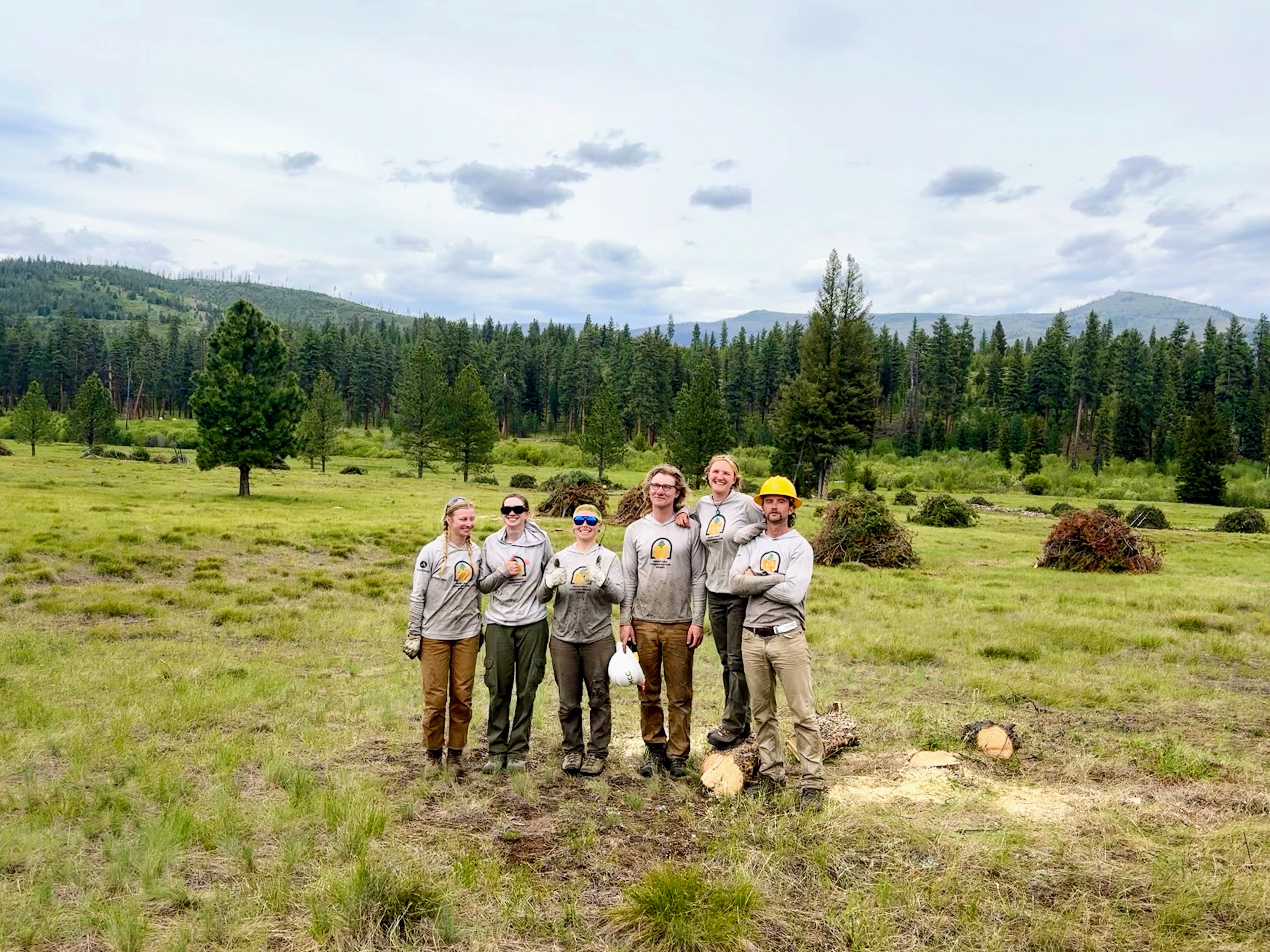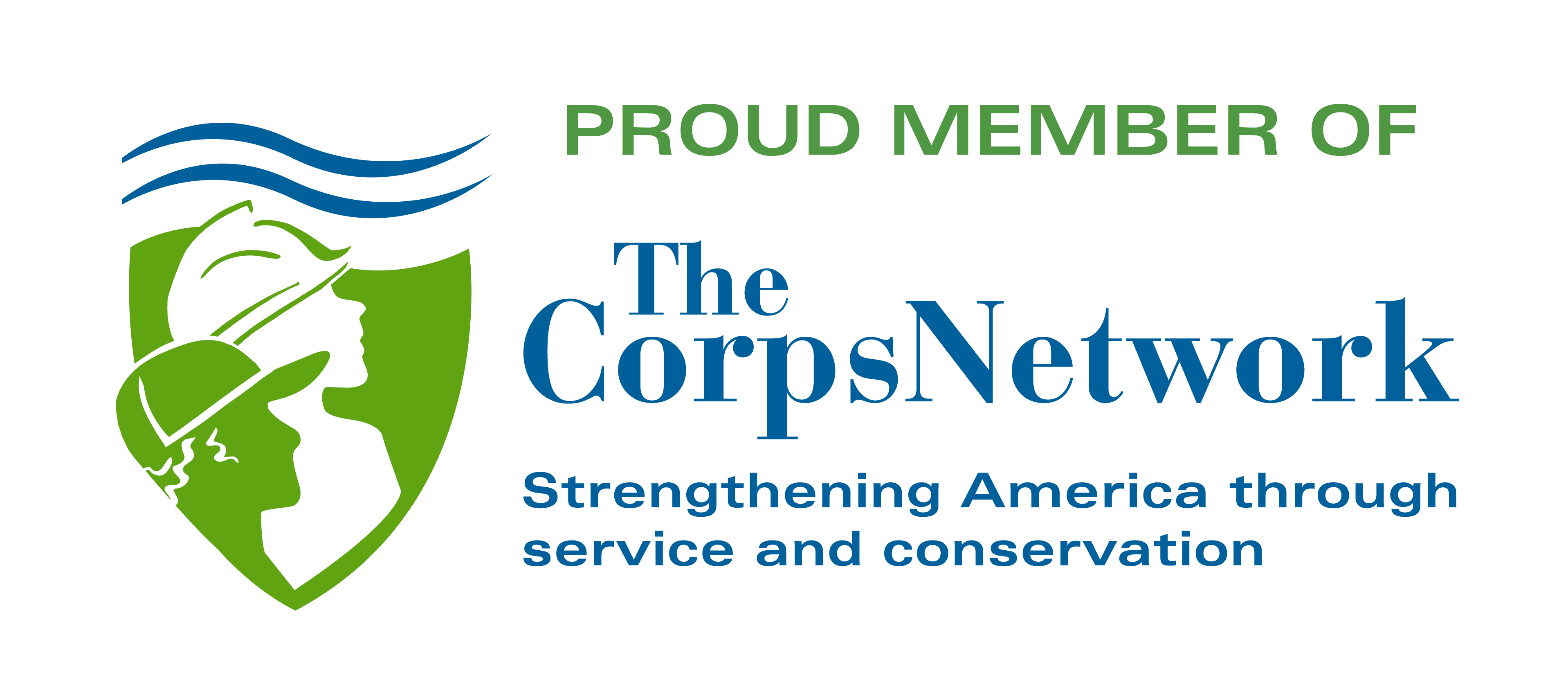
Traveling down Highway 200 east of Missoula, you’re quickly immersed in the beloved forest and riverside of the Blackfoot watershed. Forested hillsides of larch trees and ponderosa pine dominate the landscape while the Blackfoot River cuts a meandering path along the road. This land looks idyllic, but it’s hiding a dangerous secret: wildfire fuels have built up to alarming levels.
Enter two powerhouse organizations, MCC and The Nature Conservancy (TNC). After more than a century of fire suppression, these forests have grown dangerously overcrowded. Mike Schaedel, TNC Forest Restoration and Partnership Manager, explains, “Historically, fire was a natural part of these forests. For millennia, indigenous people actively used fire to manage the forests, burning up small trees and brush, and leaving the large trees alive and helping the forest regenerate. ”
The Nature Conservancy purchased a 94,000-acre parcel of the Blackfoot Watershed 10 years ago from Weyerheauser, where it was managed as industrial timber land. Now, there’s a need for work to help get the forest back to optimum health. Bobby Grillo, MCC’s Conservation Corps Director, says, “This work is mitigating the effects of timber harvest and trying to create vegetation types that are more resilient to catastrophic fire.”
The Nature Conservancy and MCC are partnering to launch a new AmeriCorps project, the Wildland Restoration Academy (WRA). “The challenge of restoring forest health and wildfire resiliency will take novel partnerships, like the Wildland Restoration Academy, that join our resources,” Mike said. Other collaborators include the Department of Natural Resources and Conservation, which is funding the project, and Blackfoot Challenge, which works with local stakeholders to steward the larger Blackfoot watershed ecosystem. The United States Forest Service and Bureau of Land Management also manage adjoining lands.
“The primary goal of the project is to treat acres of forest in a way that will allow fire to move through the landscape, which doesn’t lead to catastrophic fire events. We are trying to create resiliency on the landscape,” Bobby said. MCC crews will utilize a mix of techniques to restore the forest, including tree thinning, prescribed burns, invasive species removal, and building beaver dam analog structures (BDAs). Most of the work is located near the Wildland Urban Interface (WUI), where people’s homes are likely to be impacted by wildfire, or in areas of high ecological significance like old-growth forest or wet meadows. The project aims to treat 600-700 acres total this season.
The WRA will also help develop the next generation of the forest restoration workforce. “Within many of our state, federal, and private sector employers, there are not enough skilled workers who are ready to replace an aging workforce. One goal of the WRA is to give young people exposure, experience, and training in the field of forestry so they can acquire those skills,” Bobby explained, “This will set them up to be really good candidates to enter the workforce as trained and experienced sawyers.”
As fire seasons grow longer and more intense, partnerships like the Wildland Restoration Academy are not just timely - they’re essential. By combining handson restoration efforts with workforce development, MCC, TNC, and their partners are addressing today’s wildfire challenges while investing in the stewards of tomorrow. In the Blackfoot watershed and beyond, this work is laying the groundwork for healthier forests, safer communities, and a more resilient future.

![[Image Description: Two MCC members are walking away on a rocky trail, carrying their packs, surrounded by burnt orange bushes. Through the haze in the background, there are a multitude of mountains, overlapping one another.]](https://cdn.firespring.com/images/7ba12407-5e3a-41c1-b4b4-f00aac9d37a1.jpg)




